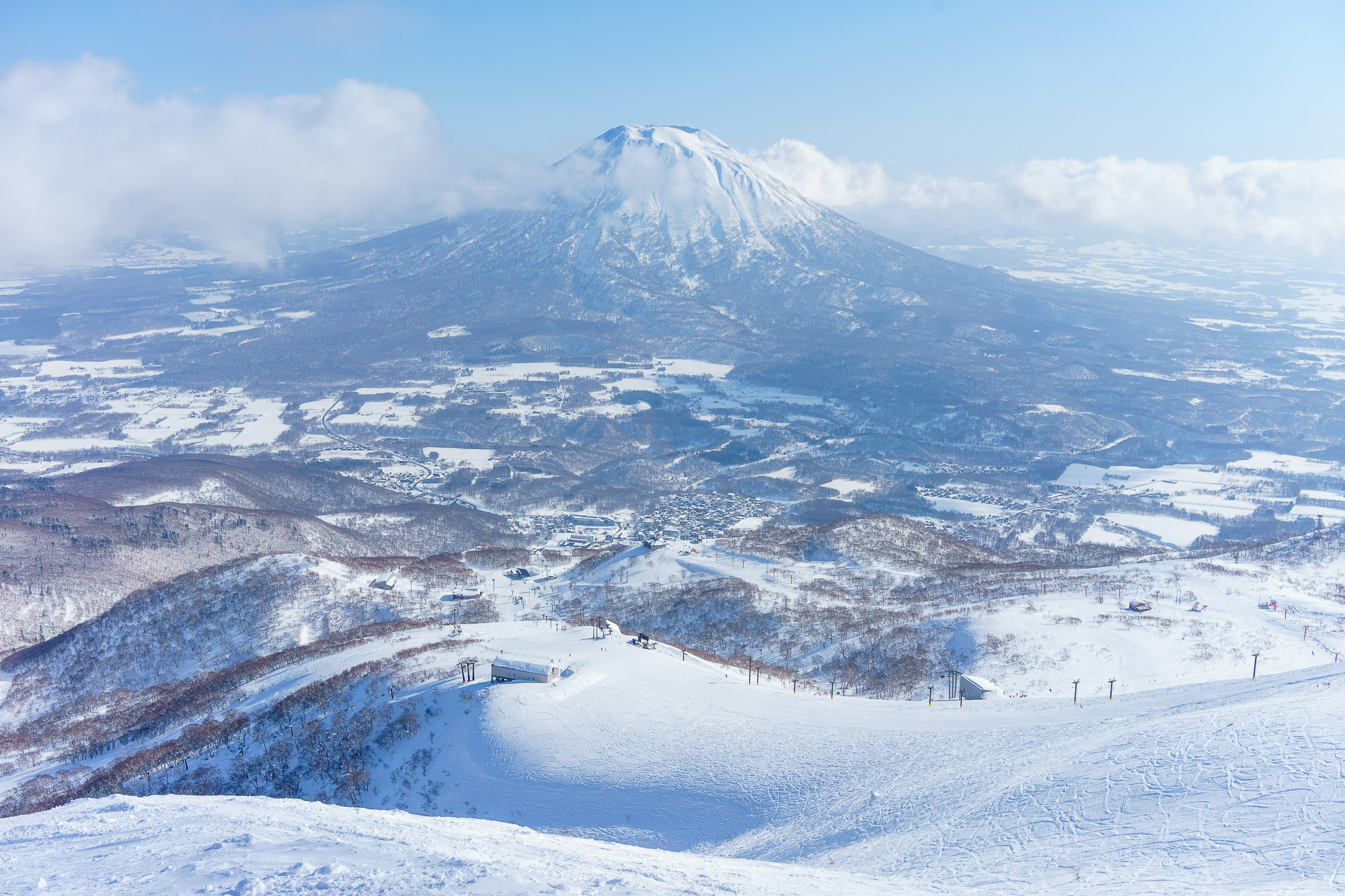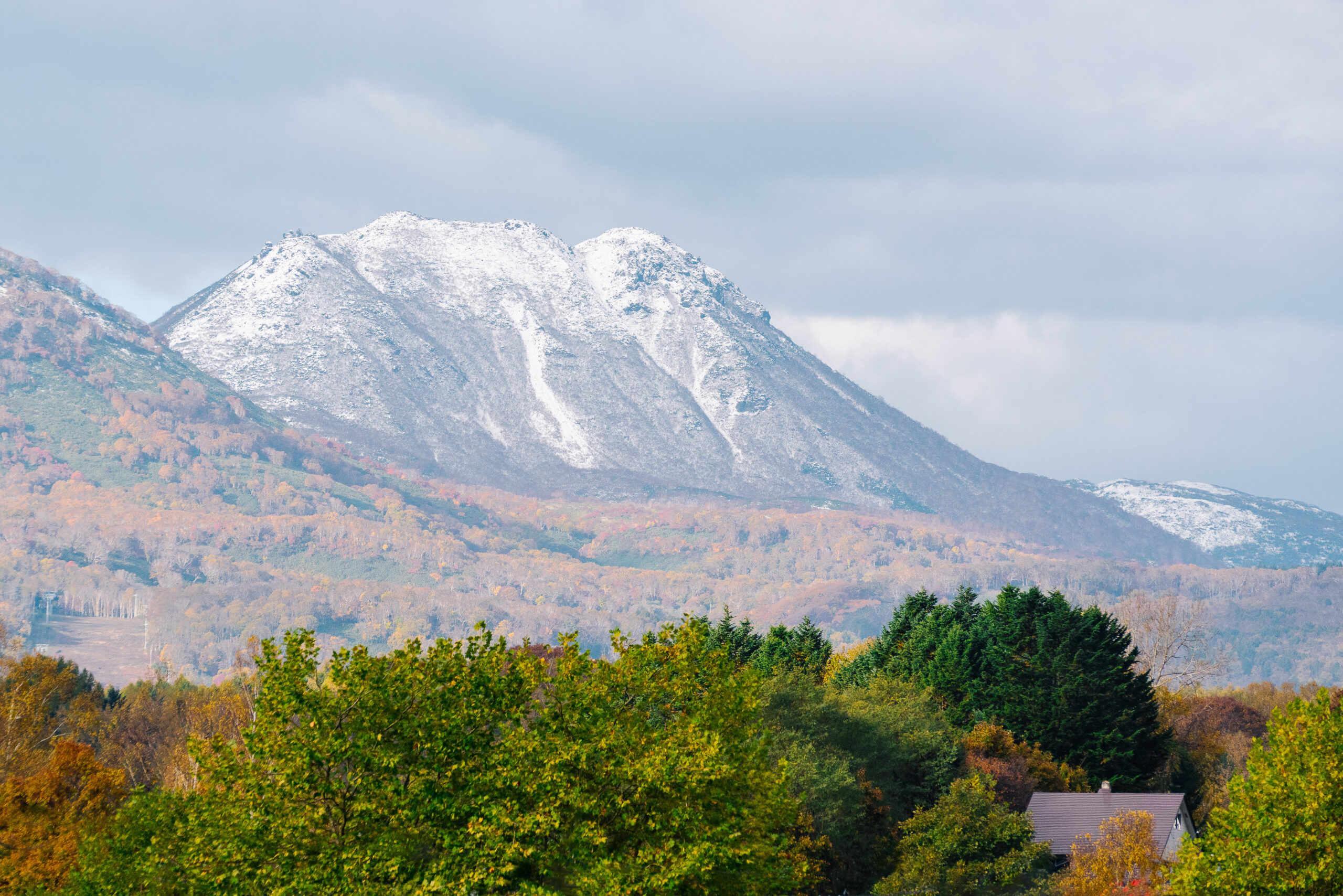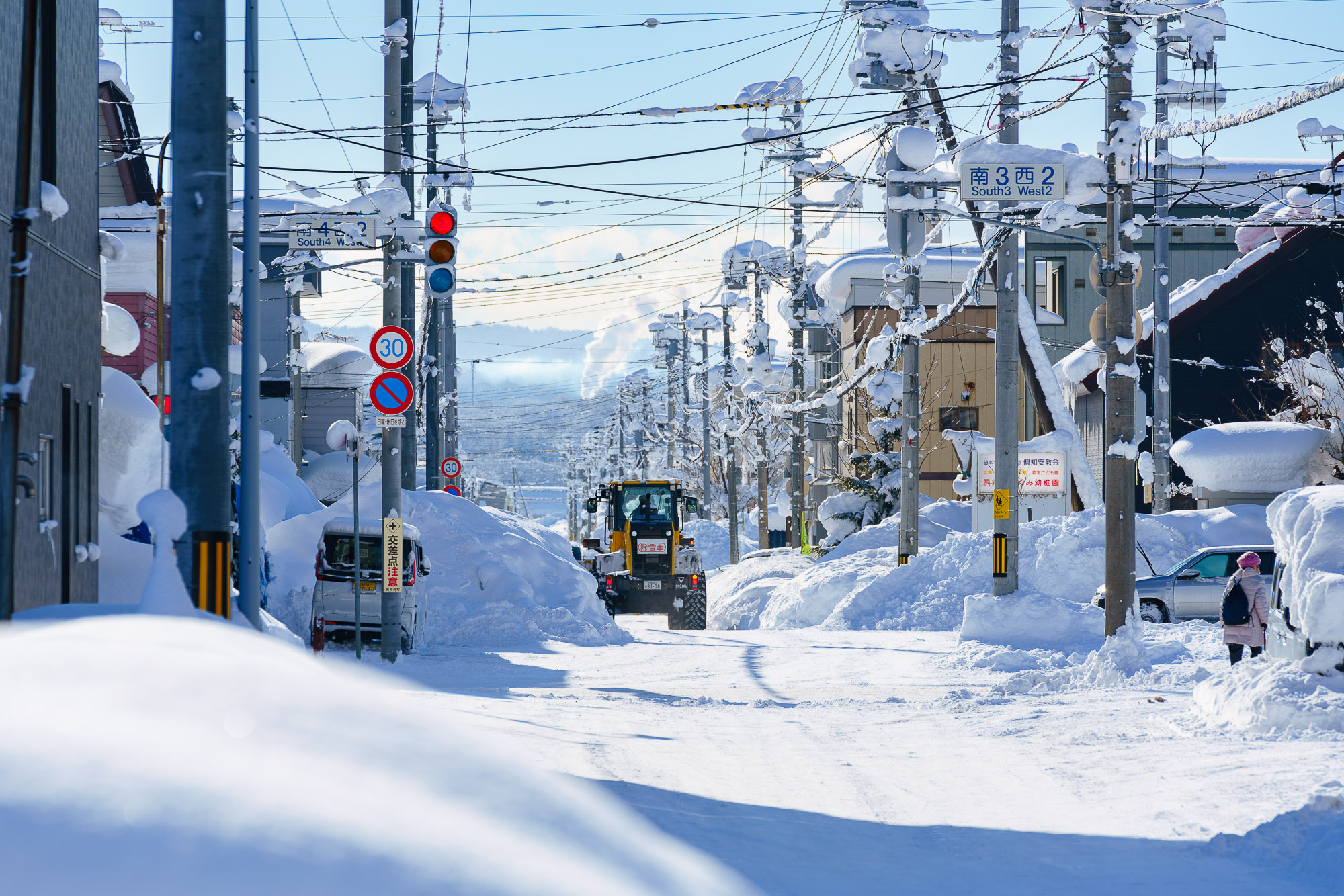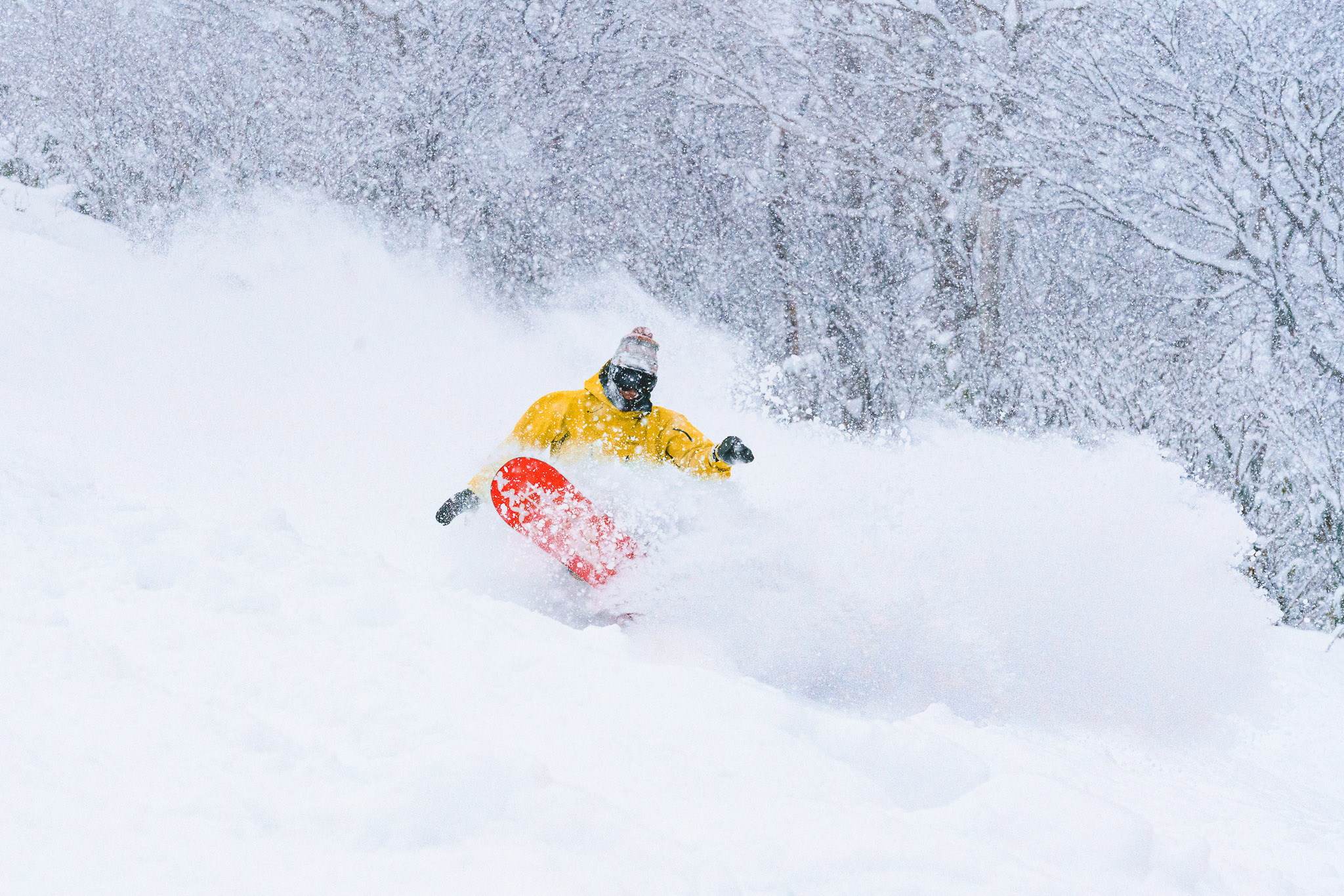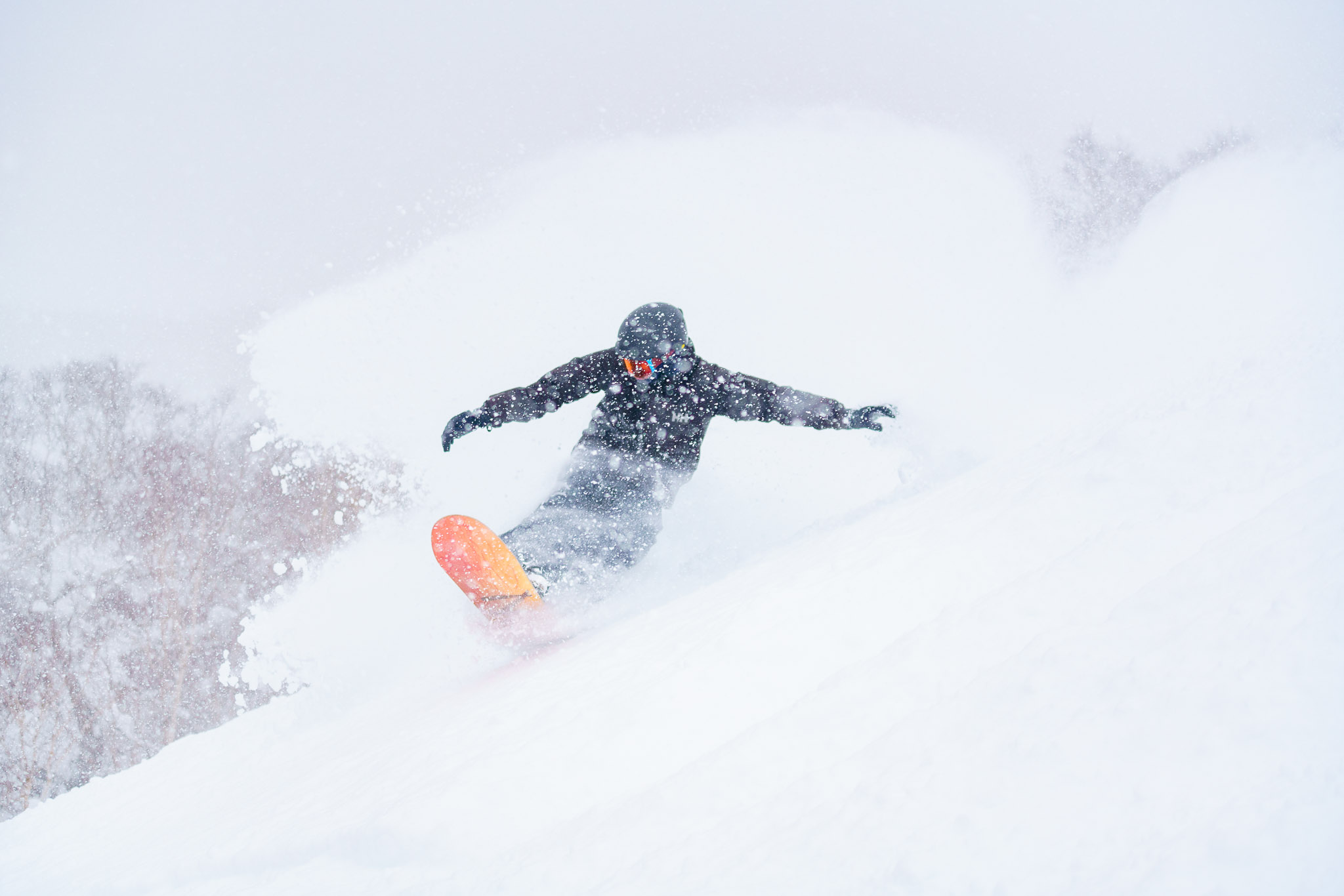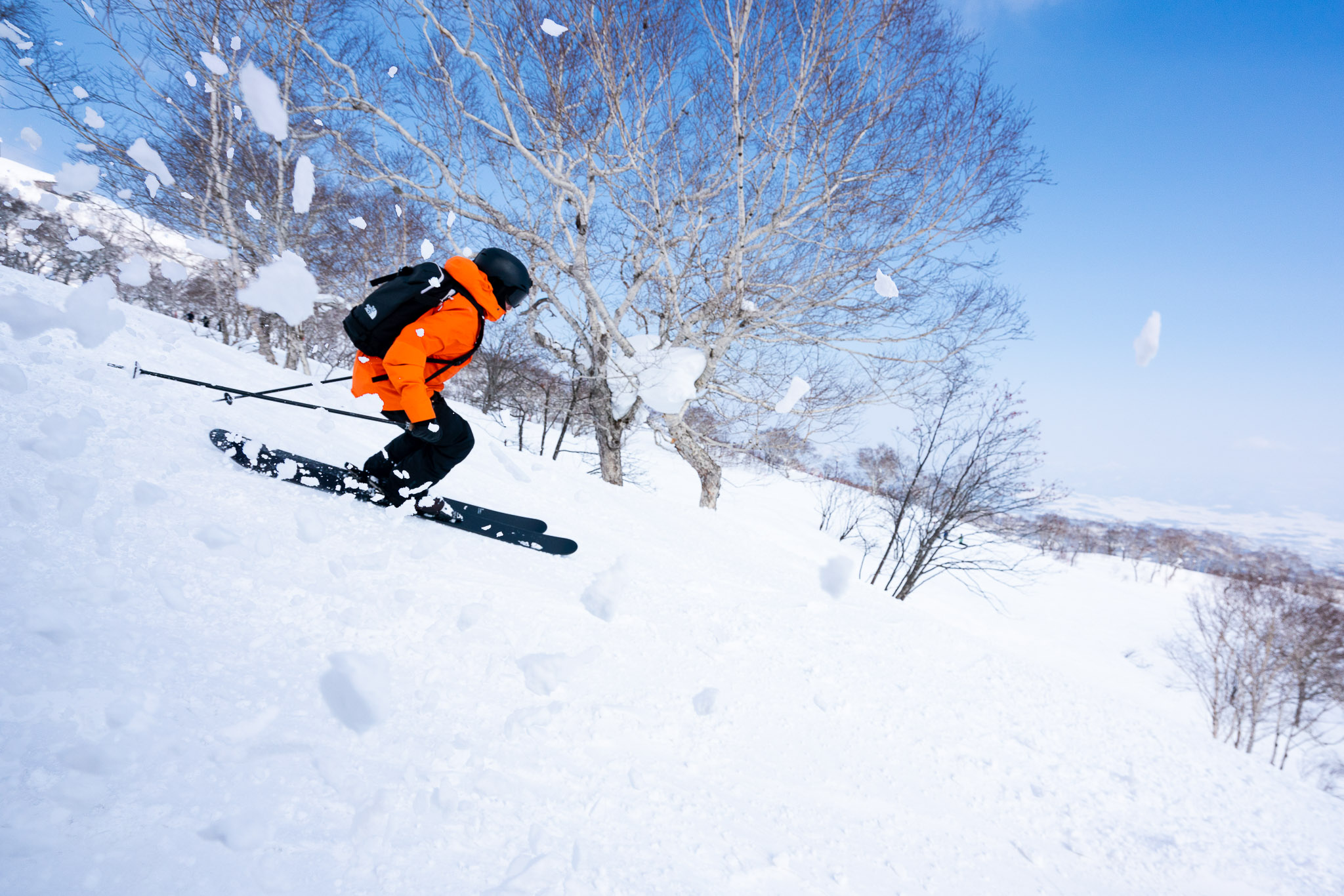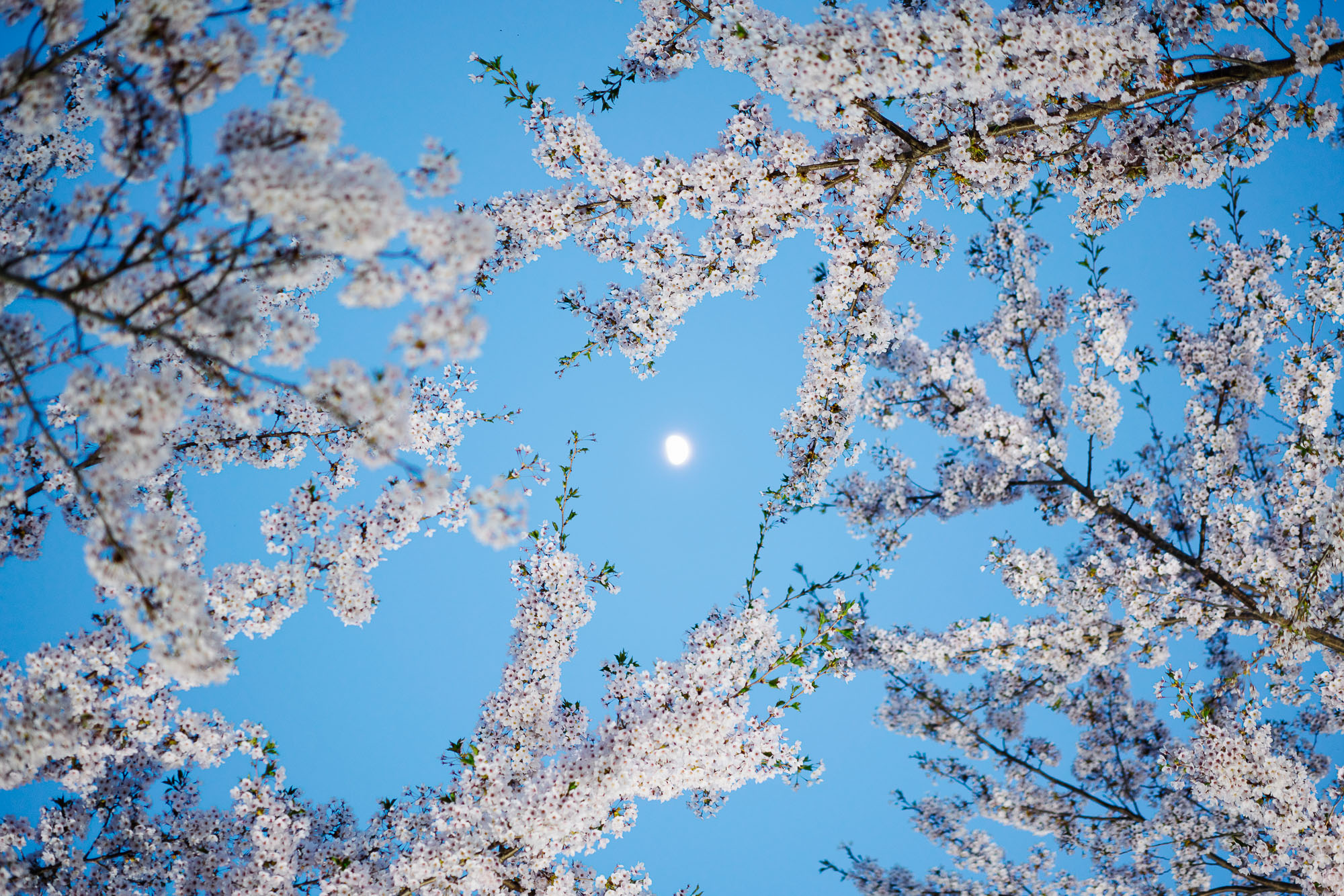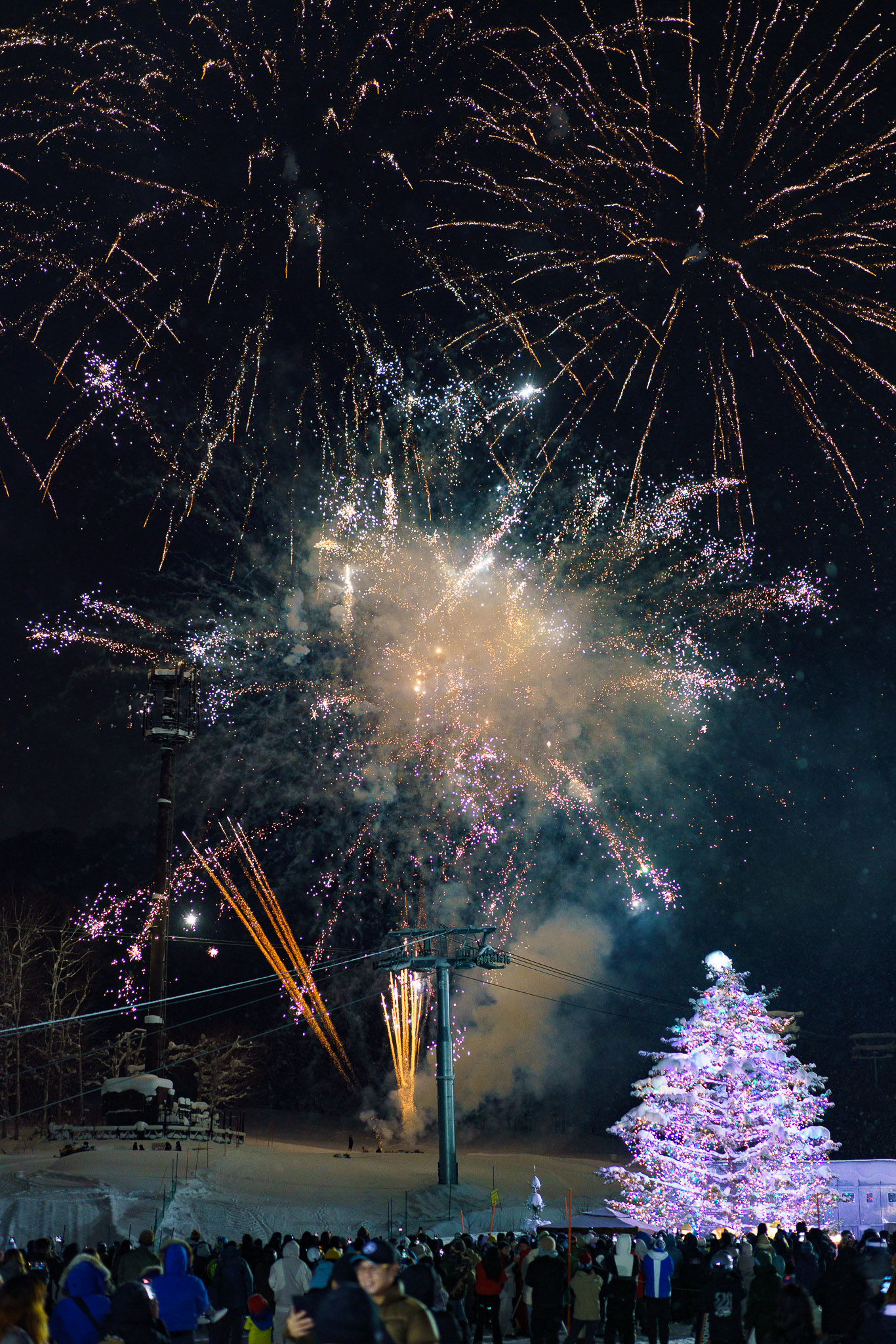Best Time to Visit Niseko: A Month by Month Guide to Japan’s Powder Paradise
Niseko is more than just the most famous ski destination in Japan, it has earned it’s reputation as a global icon of deep, dry powder and breathtaking scenery. Located on Japan’s northern island of Hokkaido, this powder paradise draws skiers, snowboarders, and adventure lovers from all over the world.
But when exactly is the best time to visit Niseko? The answer depends on what kind of experience you’re after. From the legendary snowfalls of January to peaceful spring skiing and off-peak deals, every month has something unique.
In this month-by-month Niseko travel guide, you’ll discover when to find the best powder, smallest crowds, and best value travel options, all backed by local experience.
Understanding Niseko’s Ski Season
The Niseko ski season typically runs from the end of November/early December to early May, offering one of the longest ski seasons in Japan. The region receives a staggering 10 to 15 meters of snow annually, thanks to cold Siberian winds sweeping across the comparitively warm, moist air over the Sea of Japan (maybe a slight oversimplification but that’s the jist of it).
The Niseko United area connects four major resorts – Grand Hirafu, Hanazono, Niseko Village, and Annupuri, all accessible with a single lift pass (although day passes are also available for each individual resort). A smaller resort called Niseko Moiwa is around 5 minutes drive from Annupuri Resort, located on the lower southwestern slopes of Mt Annupuri, but is not included with the Niseko United all mountain pass. While there’s plenty of snow to go around all winter, the conditions, crowds, and prices vary throughout the season.
For updated opening dates and lift operations, check our article: Niseko Winter 2025/26 Opening Dates.
Niseko Month-by-Month Guide: Snow, Weather & Crowd Levels
November - Early Season Excitement
By November, the first snow has fallen on the streets and melted off – usually in late October. Early snowfalls dust Niseko’s slopes throughout the month. Niseko United usually aims to open around 29th November, but this date can sometimes get delayed for a few days. Open terrain is very limited and bamboo grass, or sasa is poking out the surface of the snow. Accommodation is cheaper, and the slopes are quiet.
By the end of the month, most seasonal staff have arrived and are training for a busy season ahead.
Best for: Those wanting to be there when the gates open for the first turns of the season.
Nearby mountain Iwaonupuri showing the transition from autumn to winter
December - Festive Kickoff & Building Snow Base
By early/mid December, consistent snowfall creates a solid base. Night skiing usually begins mid-month, and festive lights brighten up the town. The Christmas and New Year period is one of Niseko’s busiest with festive energy, fireworks, plenty of events around the resorts and village, and premium prices to go with it.
The slopes are quiet for the first two weeks of the month, ideal for enjoying some quality skiing on groomed runs without the hustle and bustle. By mid/late December, Niseko is seeing some seriously big dumps of snow.
Pro tip: Book accommodation months in advance to secure the best spots.
Best for: Families and travelers seeking a magical holiday atmosphere.
A December bluebird morning scene in Kutchan
January - Non Stop Pow
January is when Niseko earns its legendary status. Expect a few metres of ultra-light powder snow to fall throughout the month and world-class tree runs. Conditions are cold (often below -10°C), but the rewards are unmatched. By mid January all backcountry gates are open, including the summit of Annupuri mountain allowing access to the best terrain for the most epic turns of your life. Considering the reliability and quality of the snow, for most hardcore skiiers and snowboarders this will be the best time to visit Niseko.
Pro Tip: Hit the slopes early. Fresh tracks disappear fast!
Best for: Advanced skiers and snowboarders, and serious powder seekers.
Just another January pow day
February - Deep Snow
February continues the Niseko powder season with a mix of heavy snowfall and clearer skies towards the end of the month. By this point the snowfall accumulation is in the double digits so the snowpack is deep and stable, perfect for both groomed runs and off-piste adventures. Crowds peak again around Chinese New Year, so plan ahead. By the end of the month, signs of the upcoming spring season are starting to show.
Don’t miss: Yukitopia Snow Festival with the family, and Niseko’s night skiing.
Best for: Powder lovers who want more sunshine and fewer whiteouts.
March - Spring Powder & Fewer Crowds
March offers the best of both worlds – light snow top ups in the early weeks, warmer days, and far fewer visitors. Prices drop, lift lines shorten, and Niseko’s après-ski scene becomes more chill. Hope for late season dumps (which does happen often!), but expect spring conditions, particularly towards the end of the month.
Bonus: Longer daylight hours and stunning sunsets over Mount Yotei.
Best for: Families, beginners, and travelers seeking value without sacrificing quality.
April/May - Spring Skiing & Cherry Blossoms
April is all about the good vibes, think sunny mornings on the groomers and spring park sessions with the crew. Crowds vanish and accommodation rates plummet. Expect minimal lift queues, if any at all. Some lifts close by late April, but the upper slopes stay open into early May.
Cherry blossoms start showing up around the end of April, particularly in Sapporo city.
Pro tip: Visit Iwanai, Sapporo or Hakodate after your ski trip to catch Hokkaido’s blooming sakura season.
Best for: Park skiers/snowboarders, onsen lovers, and travelers combining skiing with cherry blossom viewing.
When Should You Visit Niseko?
| Traveller Type | Ideal Months | Why |
| Powder Hunters | January – February | Deepest, driest pow, best time for tree skiing |
| Families & Beginners | Early December, March | Fewer crowds |
| Budget Travellers | Early December, March – April | Early bird deals on accommodation, off-peak travel |
| Culture & Aprés Fans | Mid December – Early January | Festivals, events, nightlife |
Each period offers a different balance of snow quality, weather, and cost. January and February guarantee top-tier powder at a price, while March brings great spring skiing and value.
Costs, Crowds & Booking Tips for Niseko
-
Peak Season (late December – early Feb): High demand, higher prices. Book flights and hotels at least six months ahead. Early bird deals start any time between April – July.
-
Shoulder Season (early December, March): Great snow with fewer crowds and better deals.
-
Off-Peak (early December & April): Lowest rates, though some services are limited.
Accommodation tip: Stay in Hirafu for easy lift access and nightlife, or in Annupuri for a quieter experience.
Getting there: Fly into New Chitose Airport (Sapporo) and take a direct shuttle (2.5–3 hours), or a train straight to Kutchan (via Otaru) then take a taxi to Hirafu.
Beyond the Slopes: What to Do in Niseko Besides Skiing
Even off the slopes, Niseko offers plenty to explore:
-
Relax in onsens surrounded by snow. Yukoro onsen has reopened within a few minutes walk of most Ski Japan accommodations and sure to become a favourite this upcoming season.
-
Experience winter events like the New Year Fireworks, Taiko drum sessions and Kutchan Town’s Yukitopia Festival.
-
Indulge in Hokkaido cuisine: the freshest seafood, miso ramen, and rich dairy treats from Milk Kobo.
-
Off mountain adventures: snowmobiling, snow rafting, snowshoeing, cross country skiing, horse riding, and scenic photography.
Niseko Weather & Packing Tips
-
Temperature range: -10°C (Jan) to +5°C (Mar-Apr).
-
Snow type: Dry and fluffy in mid-winter, softer and wetter in spring.
-
Packing essentials: Layered clothing, waterproof shell, goggles suitable for cloudy days.
Pro tip: Check the snow forecast and resort webcams first thing in the morning for live slope conditions and the Niseko United website for lift status and daily snowfall updates.
Quick FAQs
When does Niseko’s ski season start and end?
Typically from early December through early May.
Which month has the best snow?
January has the deepest, driest powder. Late December to early February conditions are prime.
Is March too late to ski in Niseko?
Not at all. Early March still brings excellent snow with fewer crowds.
Can you ski in April?
Yes, expect mild weather and spring conditions.
When’s the best time to visit Niseko?
That all depends on you – see above!


